Ottawa Ballet Classes

Best Ballet Dancing Classes in Ottawa
Vanessa Plettell Dance, our Ballet classes follow the esteemed Royal Academy of Dance (RAD) syllabus. This globally recognized method ensures that dancers receive a solid foundation in ballet technique, whether they’re training for fun or aiming to compete.
Our curriculum is designed to cater to both recreational and competitive dancers. Part-time and Full-Time competitive students typically start their RAD journey at Pre-Primary Ballet (equivalent to kindergarten or Grade 1 at school). They advance through the exam levels on a yearly with the ultimate goal being the Advanced II level. Achieving Distinction in this exam opens the door to the prestigious Solo Seal exam.
Ballet Dance Classes For All Ages
We provide exceptional ballet training to students of all ages and skill levels. Our seasoned instructors bring years of expertise into each class for maximum student benefit – giving a firm understanding of ballet techniques and principles. Whether you’re just starting or looking to refine your skills, our programs provide a supportive and encouraging atmosphere that helps you grow at your own pace.
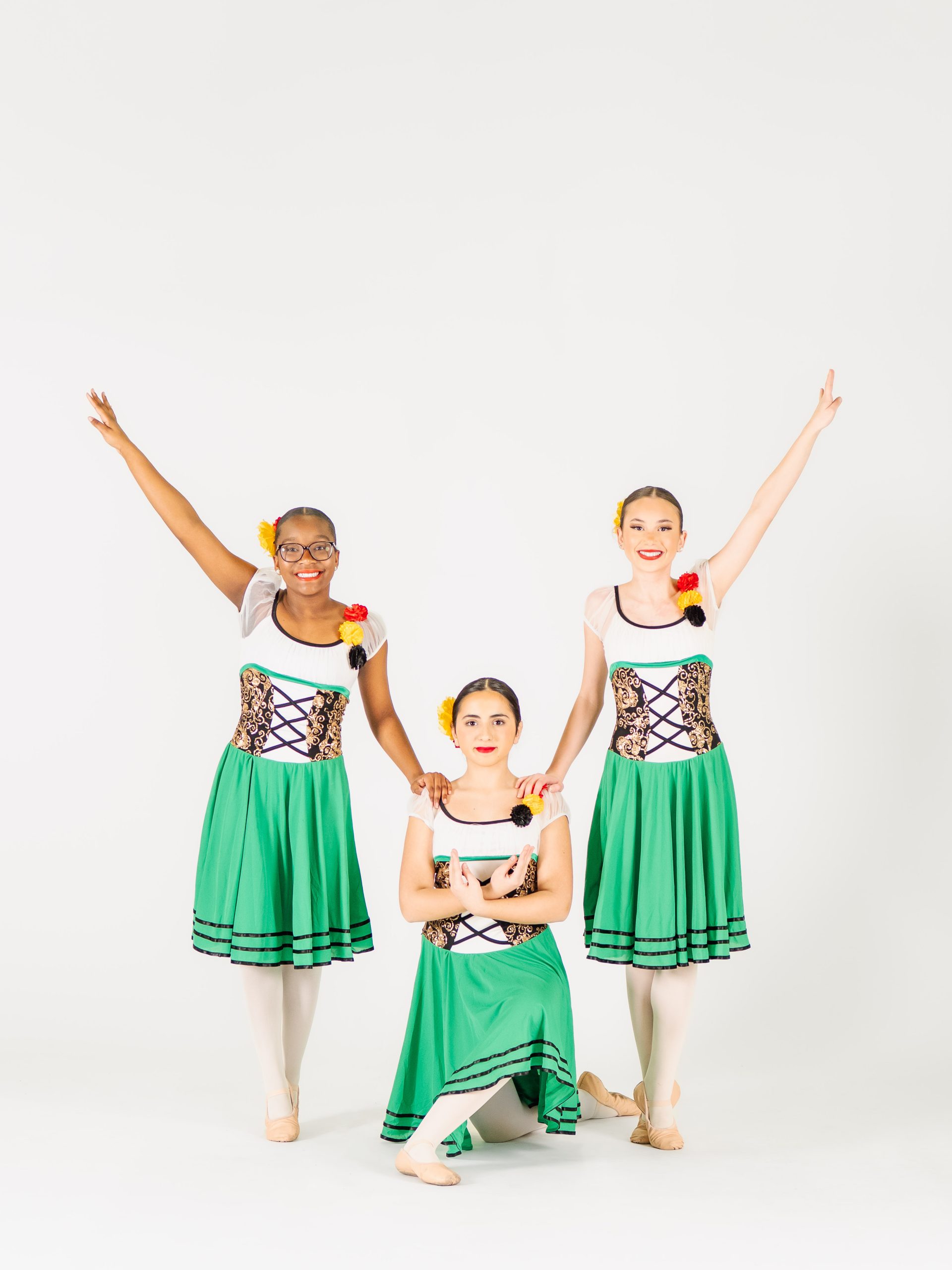
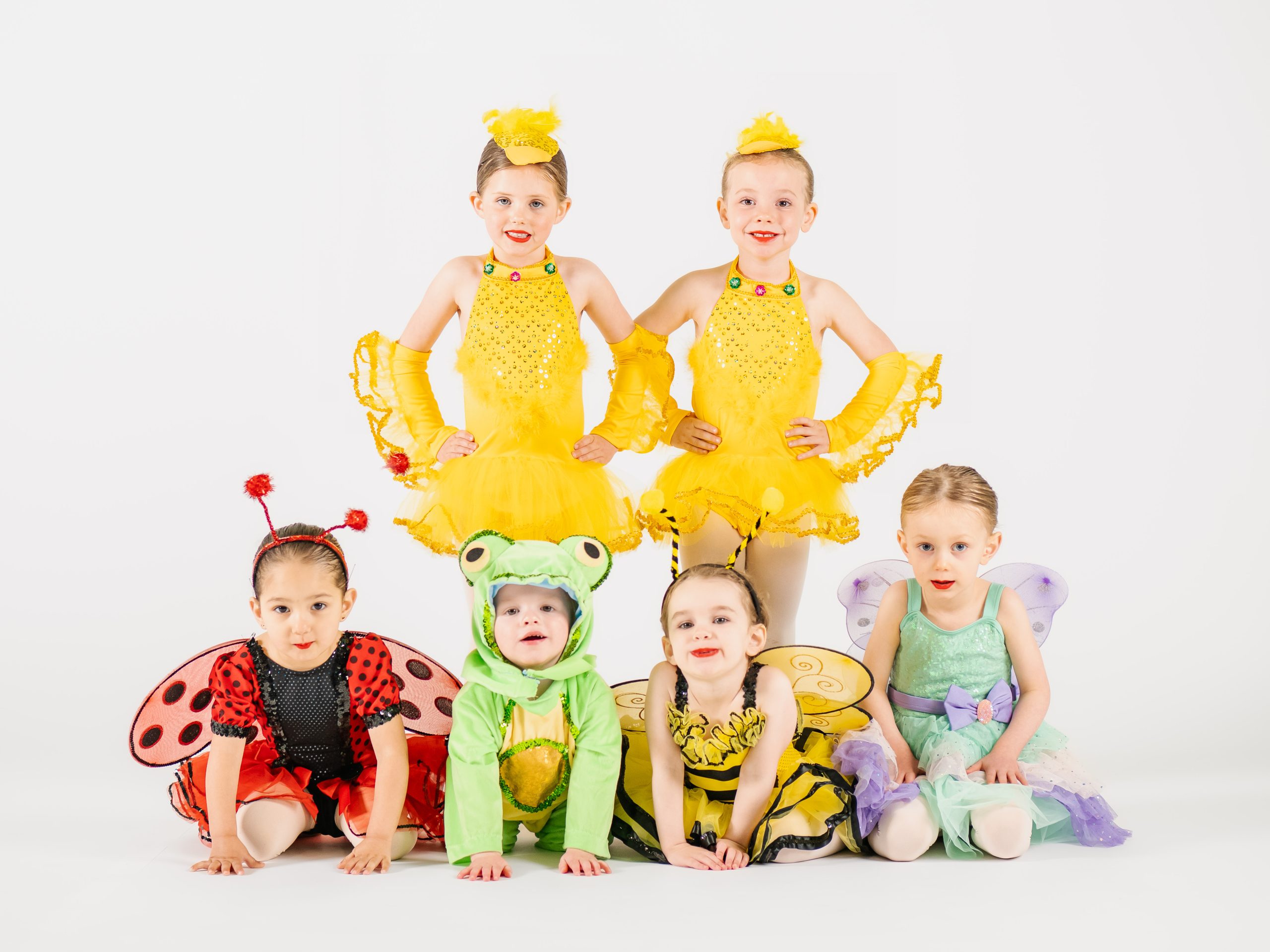
Explore Our Recreational & Competitive Ballet Programs in Ottawa
We offer ballet classes designed to satisfy both recreational and competitive dancers, from beginners through advanced. We feature classes aimed at building strong foundational skills while encouraging collaboration among our dancers. For those interested in performance and competition, our advanced classes provide additional opportunities to showcase talent and progress. Proper ballet attire is required for all participants to ensure a focused and professional learning environment. Join us at Vanessa Plettell Dance to experience top-tier ballet training and become part of a vibrant dance community.
Ballet Exam Preparation
at Vanessa Plettell Dance
Our expert instructors are dedicated to guiding students through every stage of their Ballet journey, ensuring they are well-prepared and confident for their exams. Join us at Vanessa Plettell Dance to experience top-notch Ballet training and take the next step in your dance career.


Benefits of Ballet Dance Lessons
- Physical: Improves strength, flexibility, posture, and coordination.
- Mental: Enhances discipline, focus, and artistic expression.
- Emotional: Provides a means of creative expression and can be a source of confidence and accomplishment.
Whether you’re considering taking ballet classes or just interested in learning more about the art form, ballet offers a rich and rewarding experience for practitioners and audiences alike.
Additional Information
Class Duration: Classes usually last from 45 minutes to 1.5 hours, depending on age and level.
Special Programs: Our studios offer workshops, summer intensives, and performance opportunities. Contact us for more details.

About Our Ballet Classes
Our classes offer structured training in a classical dance form known for its grace, discipline, and technical precision. Here’s a comprehensive overview of what you can expect from ballet classes:
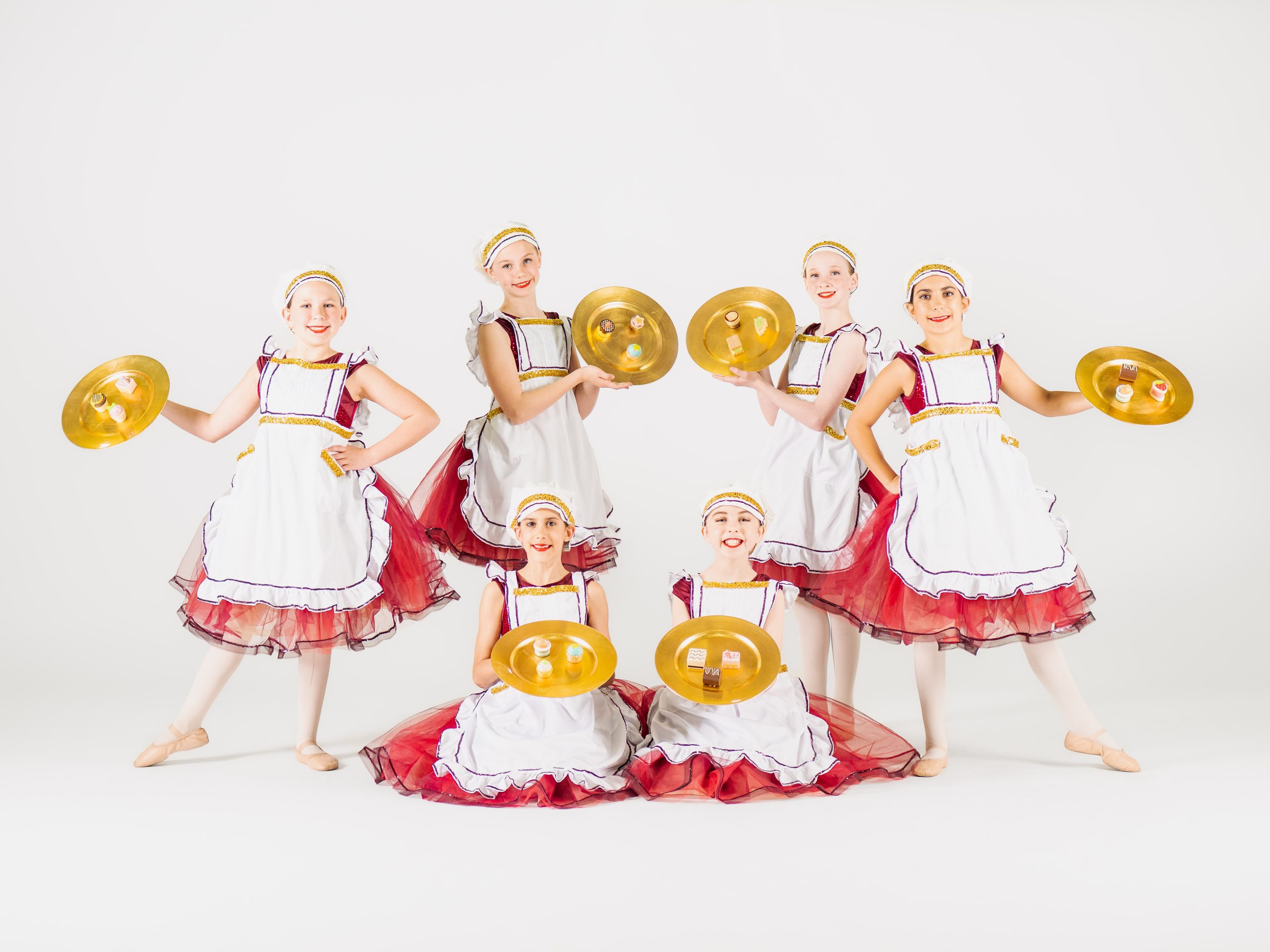
Ballet is a highly technical form of dance that originated in the Italian Renaissance courts and evolved into a formalized art form in France and Russia. It emphasizes precise movements, formal positions, and storytelling through dance.

1. Warm-Up:
Classes usually begin with a warm-up at the barre, focusing on exercises to prepare the body for more strenuous movements.
2. Barre Work:
Exercises at the barre help develop strength, flexibility, and alignment. Common exercises include pliés, tendus, dégagés, and rond de jambes.
3. Center Work:
After barre work, dancers move to the center of the room to practice combinations of steps and movements without support. This includes pirouettes, jumps, and across-the-floor sequences.
4. Stretching and Cool-Down:
Classes often end with stretching and cool-down exercises to improve flexibility and prevent injury.
5. Choreography:
More advanced classes may include learning and practicing choreography, which combines various steps into a dance sequence.

1. Creative Ballet:
For young children, focusing on basic movement, coordination, and an introduction to ballet steps in a fun, engaging way.
2. Beginner:
For those new to ballet or with minimal experience. Focuses on learning basic positions, steps, and technique.
3. Intermediate:
For dancers with some experience. Classes build on foundational skills and introduce more complex techniques and combinations.
4. Advanced:
For experienced dancers. Classes include intricate choreography, advanced techniques, and often preparation for performances.
5. Professional/Pre-Professional:
For students aiming for a career in ballet. Includes intensive training, preparation for auditions, and performance opportunities.
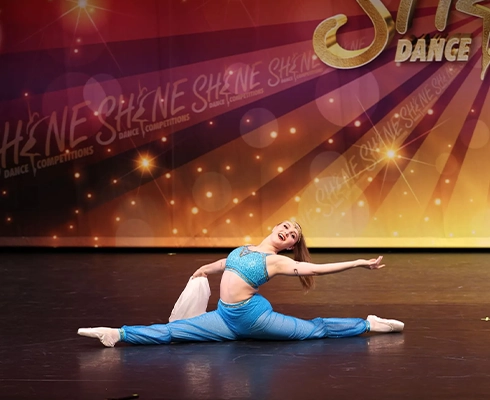
1. Arrive Early:
Arrive 10-15 minutes before class starts to get settled.
2. Be Prepared:
Wear appropriate attire and have your hair secured.
3. Communicate:
Let the instructor know if you have any injuries or special needs.
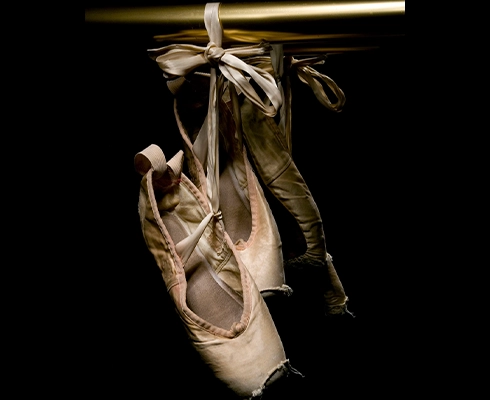
1. For Students:
Typically, a leotard, tights, and ballet slippers. Hair should be secured in a bun for most classes.
2. For Advanced Levels:
May include pointe shoes (for students who have reached a high level of proficiency).
Our classes offer a structured and enriching experience for dancers of all ages and skill levels. Whether you’re starting as a beginner or pursuing advanced training, ballet provides a strong foundation in dance technique and artistry.
Frequently Asked Questions
What is ballet dance?
Do I need to have prior dance experience to start ballet?
What can I expect in a typical ballet class?
A typical ballet class includes:
- Warm-Up: Gentle stretching and basic exercises to prepare the body.
- Barre Work: Exercises at the barre to build strength, flexibility, and technique.
- Center Work: Movement combinations performed in the center of the room to apply technique and build coordination.
- Adagio and Allegro: Slow and fast movements that focus on control, rhythm, and expression.
- Cool-Down: Stretching and relaxation exercises to prevent injury and improve flexibility.
What are the benefits of taking ballet classes?
How do I know if I’m ready for pointe shoes?
What should I wear to a ballet class?
Wear a leotard, tights, and ballet slippers or pointe shoes (for advanced students). The leotard and tights allow for a full range of movement and help instructors see your body alignment.
How often should I take ballet classes to progress?
How can I improve my ballet technique?
What is the difference between ballet slippers and pointe shoes?
- Ballet Slippers: Soft shoes made of canvas or leather, used for beginners and intermediate students. They allow for flexibility and ease of movement.
- Pointe Shoes: Hard, reinforced shoes designed for advanced dancers to perform on the tips of their toes. Pointe shoes require significant strength and technique, and are typically introduced after a solid foundation in ballet is established.
How do I find a ballet class suitable for my level?
We provide information on class levels, descriptions, and prerequisites. Discuss your experience and goals with the studio to ensure you are placed in a class that matches your skill level.
Error: No feed with the ID 2 found.
Please go to the Instagram Feed settings page to create a feed.
